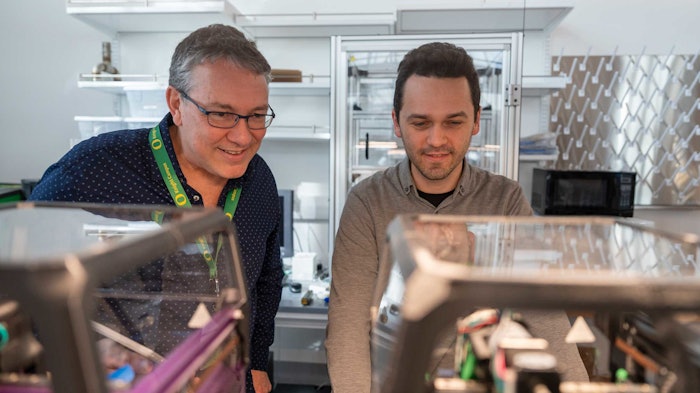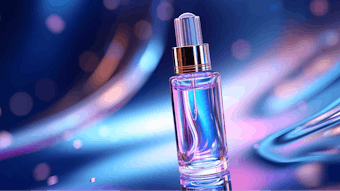
L'Oréal scientists and the University of Oregon have jointly created an artificial skin model that closely resembles natural human skin. Per the company, this is achieved through a network of finely structured 3D printed threads, within which cultured cells are grown. This is reportedly the only model capable of producing a fully differentiated skin with a neosynthesized extracellular matrix (ECM) in just 18 days.
See archived: 3D Bioprinted Hydrogel Enables Hair Follicle Regeneration
The advance relies on a 3D printing technique invented by Paul Dalton, an associate professor in the Phil and Penny Knight Campus for Accelerating Scientific Impact at the UO, whose research was published March 7 in the journal Advanced Functional Materials.
"Utilizing a technique known as melt electrowriting (MEW), our researchers, alongside Professor Dalton’s team in University of Oregon, have engineered plastic scaffolds that replicate the extracellular matrix of natural skin," the company reported. The versatility and adaptability of this model support applications including: studying how biological and physical microenvironment impacts the skin; creating pathological skin models; testing dermo-cosmetics and pharmaceutical treatments on different ages of skin; and studying wound healing and development for the model's potential use as a graft or wound dressing.
“Other attempts don’t have the same layering — it actually looks like real skin,” said Dalton, who is the Bradshaw and Holzapfel Research Professor in Transformational Science and Mathematics. The underlying scaffolds resemble a mesh material made of many spaghetti-like threads, each much thinner than a human hair, the University explained.
According to L'Oréal, the use of U.S. Food and Drug Administration-approved synthetic materials in the construction of the model is a critical step toward clinical application. It means these models have the potential to be safely transplanted into humans, paving the way for new therapeutic options, such as personalized skin grafts for burn victims or patients with skin diseases. This could lead to significant improvements in patient care and outcomes.
"Our collaborative research has not only accelerated the skin reconstruction process but also opened avenues for future applications in skin tissue engineering. We are excited to explore further applications, reinforcing our commitment to innovation and beauty with no animal testing," said Anne Colonna, head of advanced research at L’Oréal R&I.
 Up close view of engineered skin model showing different layersCredit: Paul Dalton lab
Up close view of engineered skin model showing different layersCredit: Paul Dalton lab










